WHY WE CHOSE DELEGATED PROOF OF STAKE (DPOS)
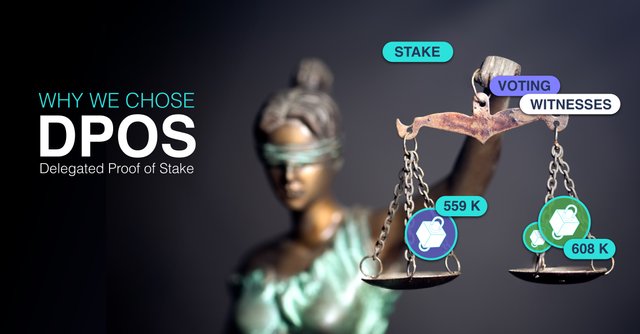
A common definition of democracy is power of the people, for the people and by the people. As simplistic as it may sound, it solves the world problem of centralized powers held by the political elites that never want to relinquish it. Rights to vote and to be voted for, referendum and much more have greatly shaped democracy in the global political ecosystem.
So, when Satoshi Nakamoto created Bitcoin in 2009, the solution to the global financial bottlenecks of centralization, third party, remittances, excessive transaction fees, and time wastage seemed very much in sight- Blockchain was coming mainstream. A p2p cryptographic currency that eliminated “middlemanism” was finally born. Years down the line, a lot has happened, and the technology has seen great developments and made giant strides with adoption in some fields. But beyond that, the curse of centralization seems to be hunting the fledging revolutionary industry. Read more here

Once upon a time, anybody could mine Bitcoins from home using their PC or laptop. Soon, mining became a little bit more specialized, firstly by GPU’s, and later by specialized computers called ASICs (Application Specific Integrated Circuit), whose sole purpose is to mine Bitcoin. In the very near future, most people agree that giant purpose-built, water-cooled ASIC farms will be required to make mining profitable.
Already, Bitcoin is centralized to the point that with just three mining pools, you can control 51% of the network. With just four ASIC chip manufacturers, you can control 90%+ of production of future hashing power. And as we rapidly approach giant purpose built mining centers, it is certainly conceivable that by controlling just a dozen or two of these mining centers, one could control 51% of the hashing power. The more miners securing the network, the less dependent on each miner the network is. Each new miner makes the system more robust. Today we have seen girdlocks surrounding proof of work features like mining and even masternodes. Although we are in the very early days of this technology, I don’t think we have to wait five or 10 years for that efficient algorithm to be invented.
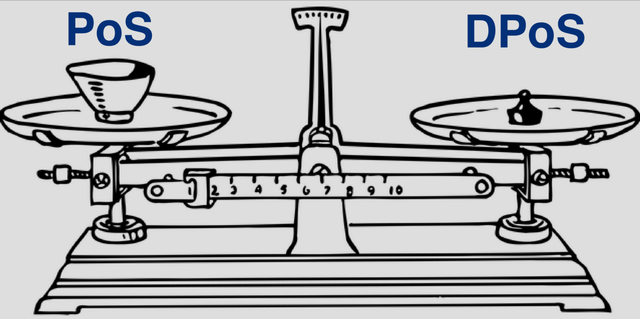
CONSENSUS ALGORITHM
A consensus algorithm is a process in computer science used to achieve agreement on a single data value among distributed processes or systems. Consensus algorithms are designed to achieve reliability in a network involving multiple unreliable nodes. Solving that issue -- known as the consensus problem -- is important in distributed computing and multi-agent systems. Common consensus algorithms include the practical Byzantine fault tolerance algorithm (PBFT), the proof-of-stake algorithm (PoS) and the delegated proof-of-stake algorithm (DPoS). Read more here
SCHEMATIC REPRESENTATION OF OPN CONSENSUS MODEL
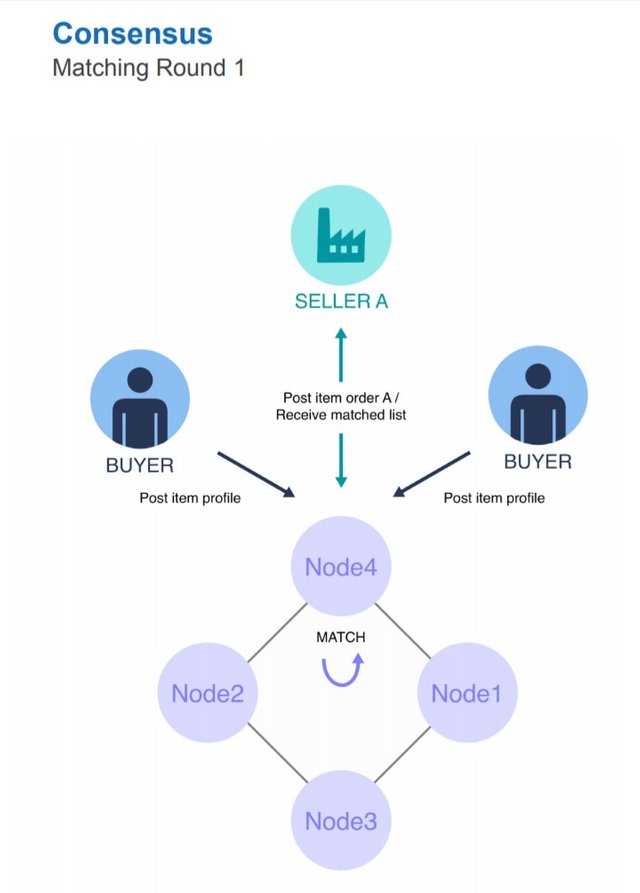
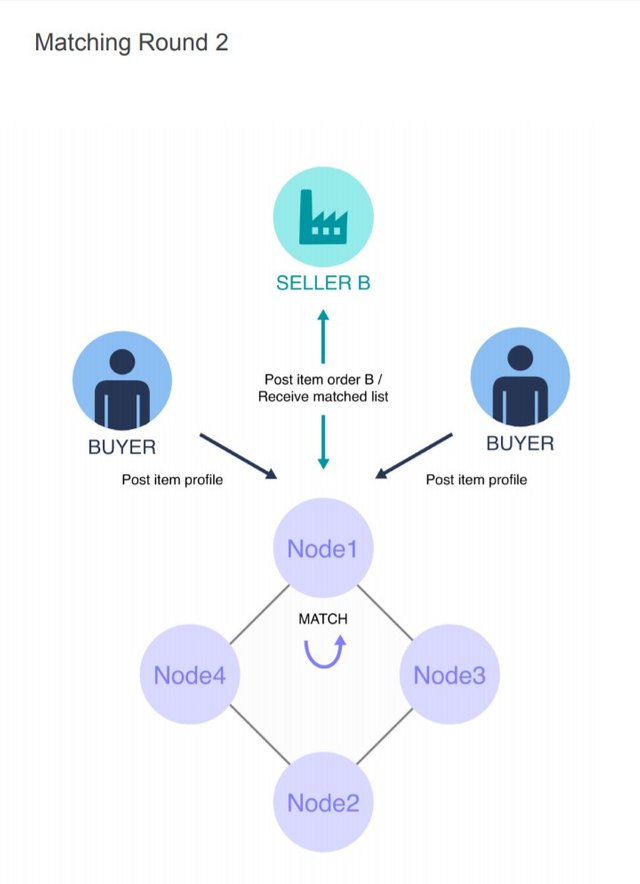
TYPES OF CONSENSUS ALGORITHMS
Blockchain effectively implies that network should collectively agree on the distributed contents a ledger: instead of authority for keeping accounts being centralised in one entity, like a bank, it is shared amongst everyone. This requires that the network maintains consensus around the information recorded on the blockchain. How this consensus is achieved impacts the security and economic parameters of the protocol. According to Consensus Algorithm Review, some of the ways this could be done include:
Proof of Work
We already highlighted the challenges of proof of work above. It is the first distributed consensus mechanism, pioneered by Bitcoin. Many cryptocurrencies followed suit, including Ethereum. PoW operates on the principle that it is expensive to add a tranche of new transactions to the blockchain, as the transactions are confirmed by a group of miners, but very easy to check if the transactions are valid due to the transparent nature of the ledger. It is very expensive and energy consuming.
Proof of Stake
Due to the amount of computational power required, PoW is costly and energy intensive. A whole industry has grown up around creating custom chips designed only for mining. Proof of stake (PoS) is an alternative approach that has gained popularity in recent years and that requires no specialist hardware. In PoW, hashrate determines how likely a participant is to add the next block of transactions to the blockchain. Proof of stake is now a well-established consensus mechanism, but is not often used in its original form.
Proof of importance
The consensus system is based on the idea that productive network activity, not just the amount of coins, should be rewarded. The odds of staking a block are a function of a number of factors, including balance, reputation (determined by a separate purpose-designed system), and the number of transactions made to and from that address. This provides a more holistic picture of a ‘useful’ network member.
Leased Proof of Stake
LPoS achieves this by allowing holders to lease their balances to staking nodes. The leased funds remain in the full control of the holder, and can be moved or spent at any time (at which point the lease ends). Leased coins increase the ‘weight’ of the staking node, increasing its chances of being allowed to add a block of transactions to the blockchain. Any rewards received are shared proportionally with the leasers. This is the approach taken by Waves.
After we painstakingly researched the above consensus, we opted for a more democratic and faster way to run our platform without hitches, clogs and hacks. The Option. The true definition of democracy…
THE BREAKTHROUGH
In 2014, Daniel Larimer (Blockchain Engineer) realized that Bitcoin mining was too wasteful of energy. He also recognized that Bitcoin mining would become centralized in the future, with giant mining pools being in control of the Bitcoin network. Additionally, he wanted to build a system that was capable of transaction speeds like 100,000 per second. Bitcoin’s system was too slow due to the way it was designed and the system it used: Proof of Work. He decided to invent and build a new system that used very little energy, was lightning fast and also very secure. Dan named this new system, Delegated Proof of Stake, or DPOS. Read more here
DIAGRAMTIC WORKFLOW OF THE OPN PLATFORM
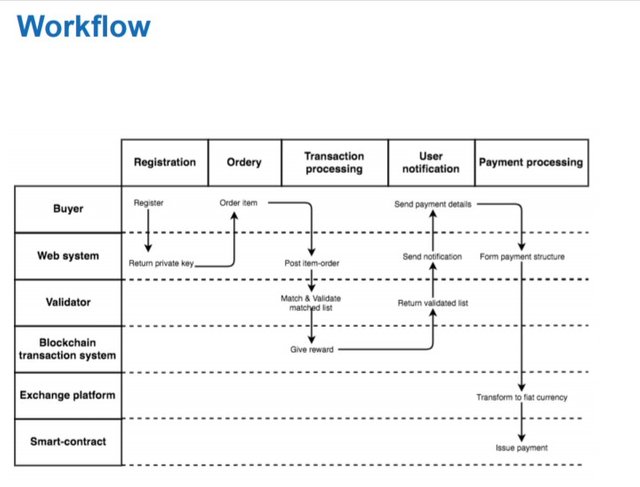
FEATURES OF DELEGATED PROOF OF STAKE
Delegated Proof of Stake (DPOS) is the fastest, most efficient, most decentralized, and most flexible consensus model available. DPOS leverages the power of stakeholder approval voting to resolve consensus issues in a fair and democratic way. All network parameters, from fee schedules to block intervals and transaction sizes, can be tuned via elected delegates.
In Open platform network, witnesses serve a similar role of validating signatures and time stamping transactions by including them in blocks. Using DPOS on OPN, the stakeholders can elect any number of witnesses to generate blocks. A block is a group of transactions which update the state of the database. For a valid approval voting, each account is allowed one vote per share per witness.
OTHER UNIQUE QUALITIES:
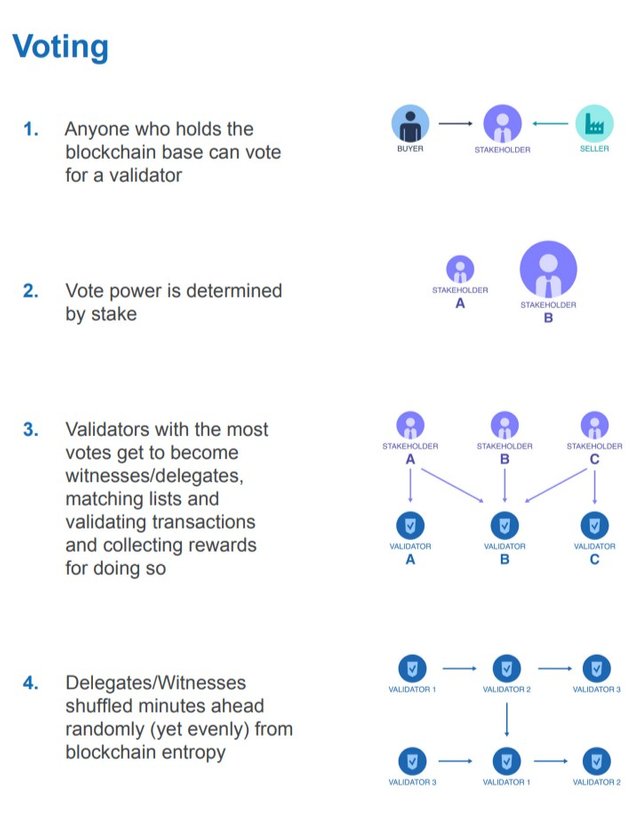
●Voting
●Arbiter for Dispute Resolution
●Maximum Decentralization
●Block Production by Elected Witnesses
●Double Spend Attack
●Transactions as Proof of Stake and
●Blockchain Reorganization
Still want to ask why we opted for DpoS? Welcome to the era of true democracy on blockchain. Join the OPN Platform Today!
Follow us on our official channels on a mission to revolutionize the global packaging industry!
Official website
Bounty thread
Medium
Reddit
Steemit
Twitter
Facebook
Telegram community
Telegram Channel
LinkedIn